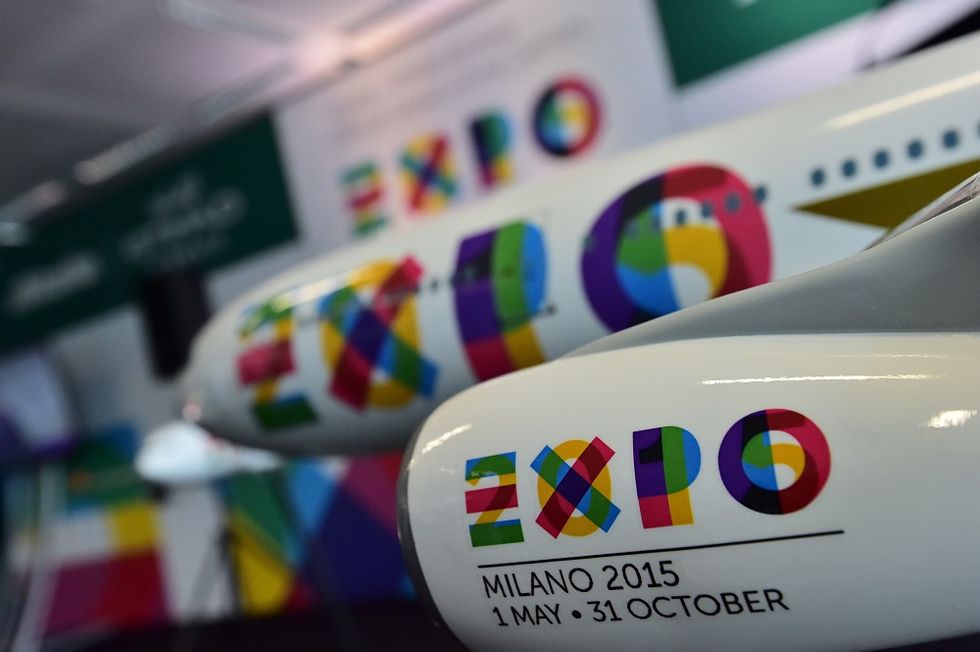Milan Expo 2015: an Italian Way to Look For Food & Energy Sustainability
A few tips on how to balance urban development and ecological sustainability
"Being awarded the honour of organizing a World Exposition gave [Italy] the responsibility of offering a new memorable experience to visitors of visitors coming from all over the world": these are the words used by the Consul General of Italy in Melbourne, Marco Maria Cerbo, to introduce the importance of the forthcoming Milan Expo 2015 for Italy to the Australian Segmento Magazine. "World Expositions are much more than a world fair or summit: they are large scale global events, similar to the Olympics, which stimulate long term investments in a country's infrastructure and services and offer the opportunities for business expansion up to and following the event itself".
As reminded by Mr Cerbo, the famous British philosopher Bertrand Russel said once "Italy, and the spring and first love all together should suffice to make the gloomiest person happy". Today, the organizers of Expo Milan 2015 are facing the challenge of adding a new tile to an already mosaic of perfection made by the Amalfi coast, the Coliseum and Venetian gondolas. To achieve this aim, "they choose to rely on a team of architects lead by Stefano Boeri, whose inspiring creations already adorn various international capitals and whose studies on how to balance urban development and ecological sustainability brought breaking-ground ideas and concepts to the general public." The result is a truly modern setting, revisiting the concept of building cities on two perpendicular roads, which dates back to the times of the Roman Emperors.
Aimed at highlighting how much human settlements can be shaped to better suit the need of food supply, "the two axis that will make up the structure of the master-plan grid will symbolize an ideal itinerary: the first one will lead from the centre towards the periphery, metaphorically joining the place where food is consumed (the city) with that where it is produced (the countryside). The second axis represents the conjunction with suburban areas. At the crossroad of the two lines, the Italian Pavillion, named "Palazzo Italia", will be welcoming foreign guests and guide them towards exploring Italian food culture and tradition". Under the motto "Feeding the planet, Energy for life!", Milan Expo 2015 will explore new and innovative ways to improve the sustainability of our daily life.
Follow @castaritaHK


